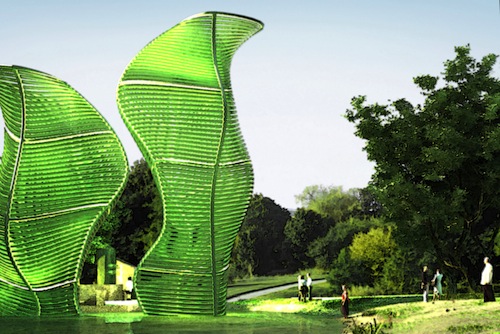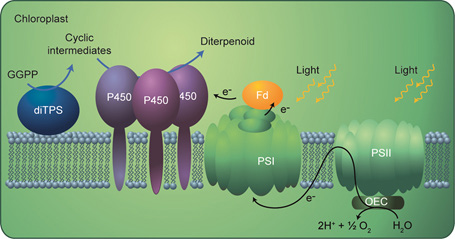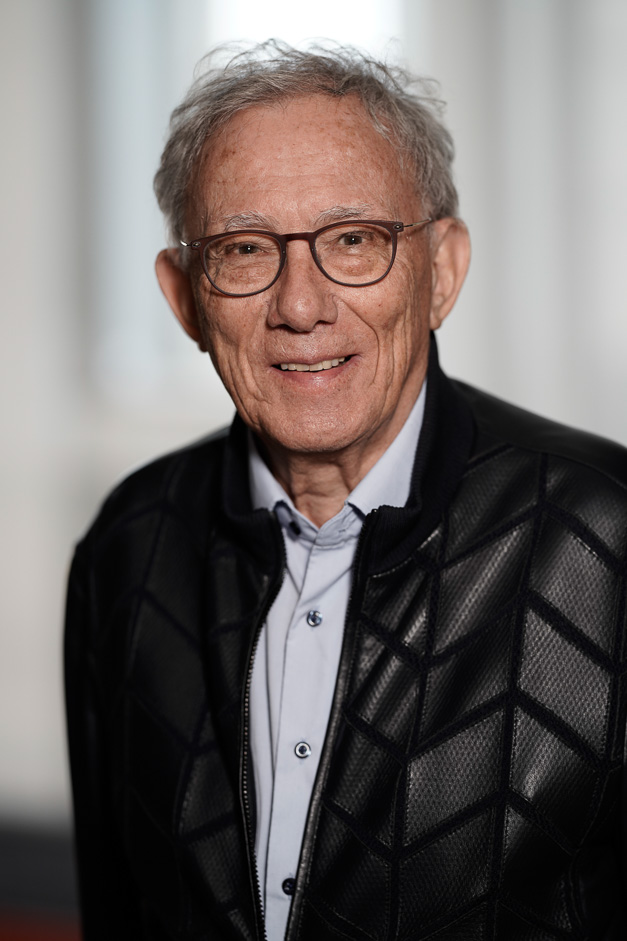
Photo used with permission from designing artist Charles Lee, Bios.
This part of the 'Plant Plasticity' research center program uses synthetic biology approaches based on plant plasticity to develop and establish proof of concept for a new generation of photosynthetic cell-factories, driven by solar light and capable of large-scale production of bio-active natural products. The system is being developed using the cyanogenic glucoside dhurrin as the first production target.
In the future we will use the system for the light driven synthesis of high-value products like diterpenoids, which have interesting pharmaceutical properties. Denmark is a world leading producer of enzymes and other fine chemicals in conventional bioreactors, but to date the country lacks photobioreactors where sunlight is the energy source for production. We will try to change this.
Our ultimate goal is to assemble the entire enzyme machinery required for natural product biosynthesis into a solar energy driven supramolecular complex in which the P450s are directly tethered to photosystem I. In vivo the plant will prioritize its use of photosynthetic reducing equivalents between growth and development and production of bio-active defense compounds. By transferring the biosynthesis into the chloroplast and tethering the pathway directly to photosystem I in the form of a supra-metabolon, the energy will be preferentially channeled into synthesis of the desired bio-active natural products.

Photosynthesis and biosynthesis of bioactive compounds are separated in the chloroplast and the endoplasmatic reticulum. Using bioengineering we aim at co-localizing the biosynthetic pathway for dhurrin synthesis with the photosynthetic complexes in the chloroplast and ultimately to design a supra-metabolon tethering the pathway enzymes to the photosystem I (PSI) complex.
Grant Holder
 Birger Lindberg Møller
Birger Lindberg Møller
blm@plen.ku.dk
+45 3533 3352
